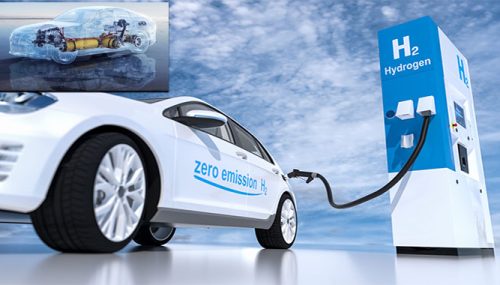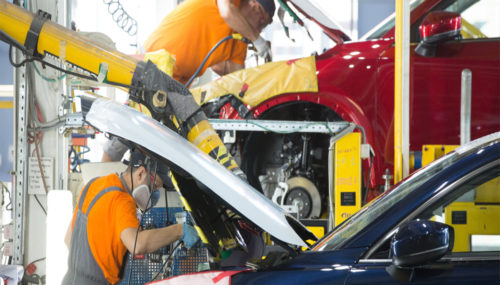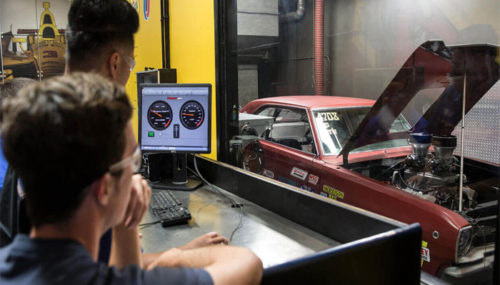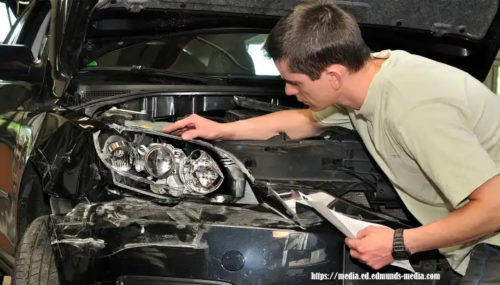Electric vehicles (EVs) rely on sophisticated power electronics systems to convert and control electrical energy for efficient operation. Two crucial components in an EV’s powertrain are power inverters and traditional converters, each serving distinct functions in converting electrical power. In this article, we will explore the key differences between electric car power inverters and traditional converters to understand their roles in EV technology.
Electric Car Power Inverters
Function: A power inverter in an electric vehicle is responsible for converting direct current (DC) from the vehicle’s battery into the alternating current (AC) required to drive the electric motor.
Technology: Electric car power inverters use insulated gate bipolar transistors (IGBTs) or silicon carbide (SiC) to switch between DC and AC power efficiently. These components help regulate the frequency and voltage of the AC power supplied to the motor.
Efficiency: Power inverters in EVs are designed to operate with high efficiency to minimize energy losses during the conversion process. Advanced cooling systems are often implemented to manage heat generated by the power inverter.
Control and Communication: Electric car power inverters are integrated with sophisticated control systems that monitor motor performance, adjust power output, and communicate with other vehicle components for optimal efficiency and performance.
Traditional Converters
Function: Traditional converters in EVs are primarily used to regulate voltage levels, convert AC to DC power, and manage energy flow between the battery pack, onboard systems, and charging infrastructure.
Technology: Unlike power inverters, traditional converters typically use diodes, capacitors, and transformers to convert and control electrical power. They are simpler in design and may not require as precise control as power inverters.
Applications: Traditional converters are commonly found in auxiliary systems of electric vehicles, such as lighting, heating, air conditioning, and onboard electronics. They help ensure stable power supply and efficient energy management throughout the vehicle.
Efficiency: While traditional converters are essential for various functions in an EV, they are generally less critical in terms of efficiency compared to power inverters. They focus on converting and regulating power without the need for frequency and voltage control.
Key Differences and Applications
- Functionality: Electric car power inverters primarily focus on converting DC to AC power for the electric motor, while traditional converters manage voltage regulation and power distribution in auxiliary systems.
- Technology: Power inverters utilize advanced semiconductor technology like IGBTs or SiC for efficient power conversion, whereas traditional converters rely on diodes, capacitors, and transformers for simpler power control.
- Efficiency: Power inverters in EVs require higher efficiency due to their critical role in driving the electric motor, while traditional converters prioritize stable power supply and energy management in auxiliary systems.
Understanding the distinctions between electric car power inverters and traditional converters is essential for grasping the intricate electrical systems that power modern electric vehicles. As EV technology continues to evolve, advancements in power electronics will play a pivotal role in enhancing efficiency, performance, and sustainability in the automotive industry.



















